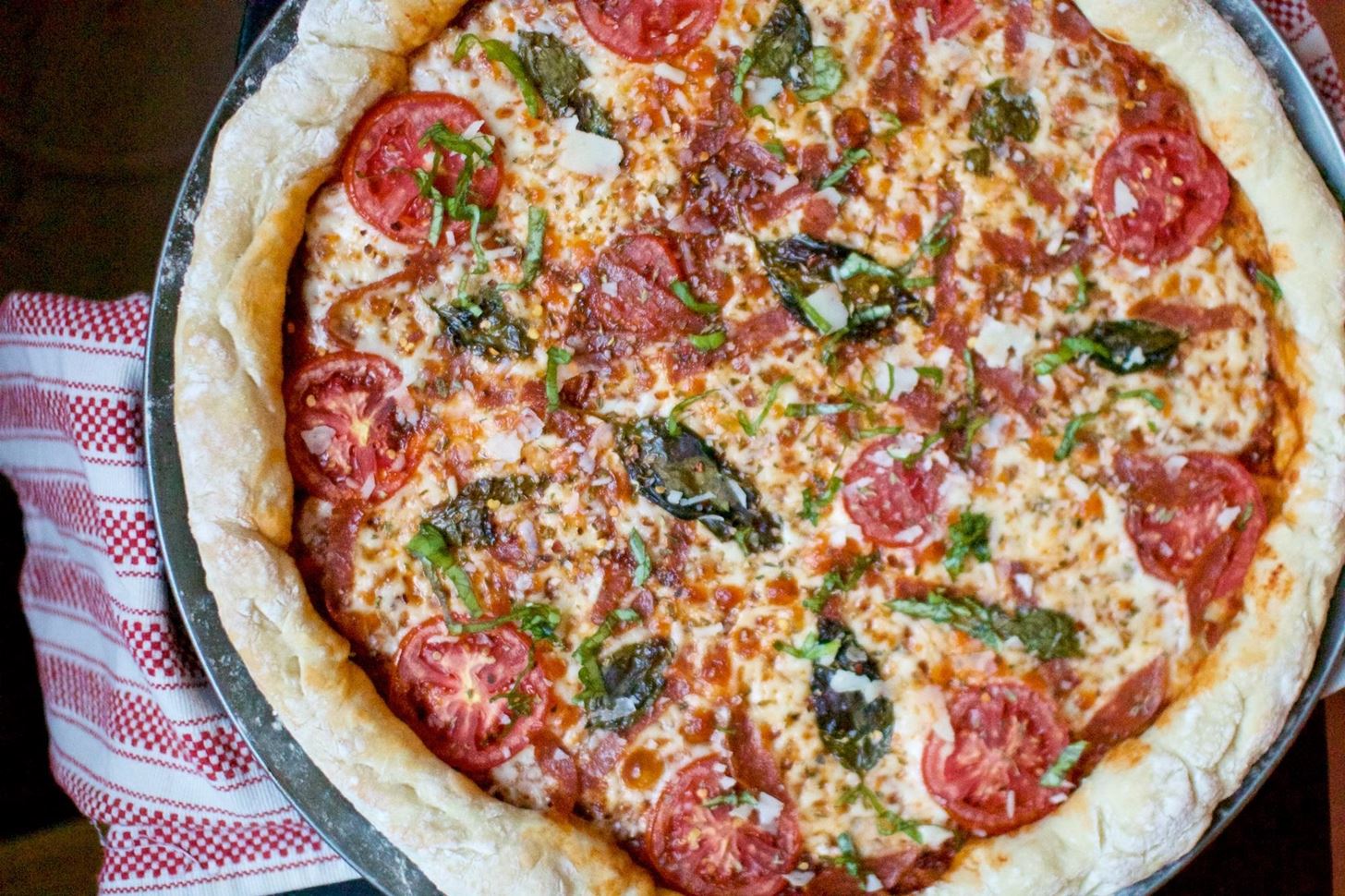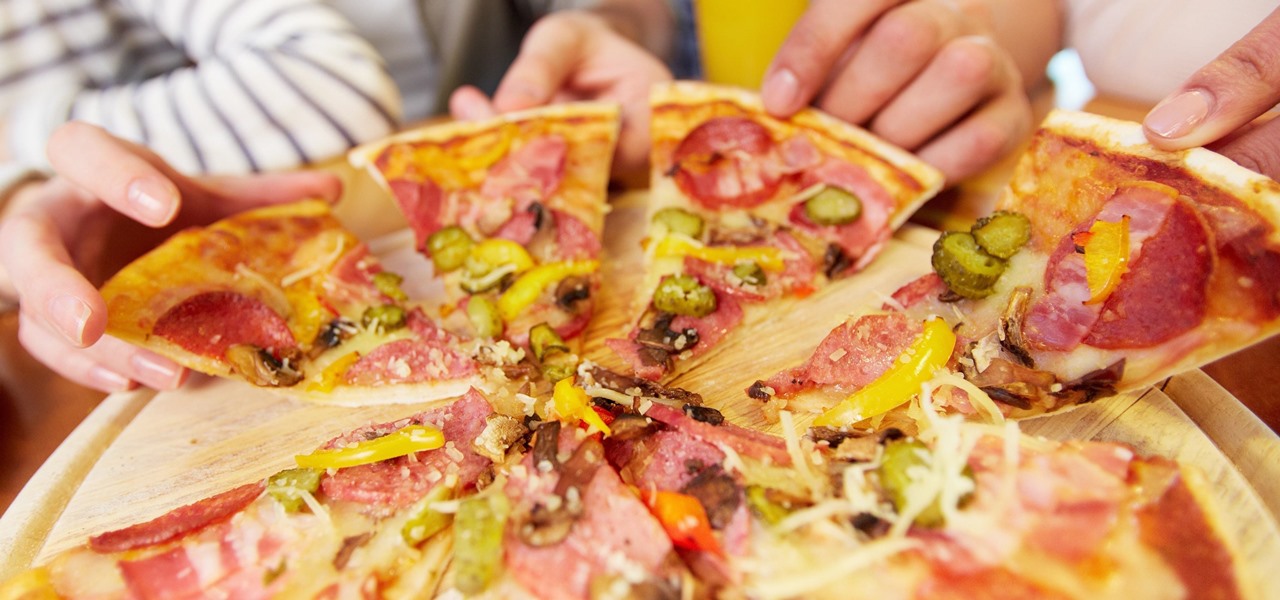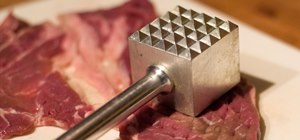Within the gastronomic melting pot of America, pizza was first introduced in the late 19th century by Italian settlers in cities like New York, Chicago, and Philadelphia. The slice-by -slice phenomenon gained popularity when immigrant street peddlers walked the sidewalks with aromatic, sweet-smelling pies held in metal washtubs.
But what are the differences among the well-known styles of one of the world's favorite meals? And how can you recreate them at home to craft that perfect pizza?
That's what we've set out to discover.

The Components of Pizza
Let's break down the essentials: dough, cheese, sauce, and toppings.
The Dough
The dough will create the crust—the beautiful bread-y base from which your pizza arises. Crust can be made from white or whole wheat flour or even almond meal or cauliflower. It is typically stretched or tossed and made into a circular shape, although rectangular pizza is also quite popular.

The Cheese
The classic pizza cheese is mozzarella, though you can use any cheese you please. Experimenting with goat cheese, provolone, ricotta, and Parmigiano-Reggiano is always fun, too.

The Sauce
Some like it sweet and some like it with a bit of tang. Typically tomato-based, pizza sauce can also be made as a white sauce or BBQ sauce. We make ours simply with olive oil, red wine, tomato paste, oregano, sea salt, and black pepper.

The Toppings
Give your pizza a personality of its own! Toppings can include everything from pineapple and ham to green peppers, olives, and onions; from simple pepperoni or meatballs to egg, potatoes, and bacon.

The Styles of Pizza
Now let's break down the basic types of pizzas: Neapolitan, Chicago deep dish, New York, and margherita.
Neapolitan Pizza
The Neapolitan pizza is about 12 inches in diameter, a bit larger than a frisbee according to Serious Eats. In other words, it's a perfect pizza for when you're dining solo.
Wood fire ovens get the pizza super hot and cook it very fast. There isn't a lot of cheese on it, so it melts really quickly. With some authentic Neapolitan style pizzas, you'll notice the liquid from the cheese and the sauce of the pizza creates a wet center. You might not be able to eat it with your hands, so grab a knife and fork.
Have a seat, sip your glass of wine, and savor your dinner. If you're looking to recreate it at home, check out Food and Wine's step-by-step guide.

Chicago Deep Dish Pizza
A buttery-crust, a somewhat sweet tomato sauce, and a whole lot of cheese: these are the components of one of the most heavenly creations on Earth, the Chicago deep dish pizza. Reminiscent of the feeling of biting into a thick biscuit filled with cheese, this pizza is heavy and cake-like. It's baked in a deep, round pan, piled with loads of cheese, and slathered with chunky sauce on top.
Who claims the fame for creating this favorite? We're not entirely sure, though an article from the Chicago Tribune does state that it was created by Chef Rudy Malnati with partners "Ric" Riccardo and Ike Sewell. Their restaurant, which later became the iconic Pizzeria Uno, opened in 1943 and featured "Deep Dish Pizza," quite the innovative creation at the time.
If you'd like to recreate the divine deep dish, check out Food Network for Emeril Lagasse's recipe.

New York Pizza
Ironically, an LA Times article describes The New York -style pizza in a wonderful way. The crust is thin, less than one-quarter-inch thick until you get to about 1 to 1½ inches from the thicker edge. This type of pie should also have obvious cheese bubbles. The pizza is large, unlike the Neapolitan pizza. Typically, it should be baked in a wood or coal-fired oven to provide heat the fastest. The sauce should be made with uncooked canned tomatoes from either California or Italy, strained and seasoned with a bit of salt and perhaps some oregano, so says Ed Levine of Pizza: A Slice of Heaven. The cheese is mozzarella. The taste? It's other-worldly.
Check out Eater's version of New York-style pizza for exactly how to make it at home.

Margherita Pizza
Italy Magazine says that in 1889, Chef Raffaele Esposito (and his wife) of Pizzeria Brandi created a pizza resembling the colors of the Italian flag. They named it after the Italian queen, Margherita, and the world has not been the same since.
We know we shouldn't choose favorites, but we so do love our Margherita pizza with its thin crust, fresh green basil, beautiful white mozzarella rounds, and ruby red tomato sauce. Top quality ingredients are key for this pizza (and all pizzas, really).

Pizza-eating will forever be sacred to many, as will their preference for exactly what type of pizza they crave. Whether it's a thin New York slice or a gooey deep dish Chicago pie you desire, our hope is that with this bit of insight, you can now go forth into the pizza-making (and devouring) world and accomplish wonderful (and cheesy) things.
Have any pizza stories you'd like to share? Leave them in a comment below!
More Info on Eating Italian:
Just updated your iPhone? You'll find new emoji, enhanced security, podcast transcripts, Apple Cash virtual numbers, and other useful features. There are even new additions hidden within Safari. Find out what's new and changed on your iPhone with the iOS 17.4 update.























Be the First to Comment
Share Your Thoughts